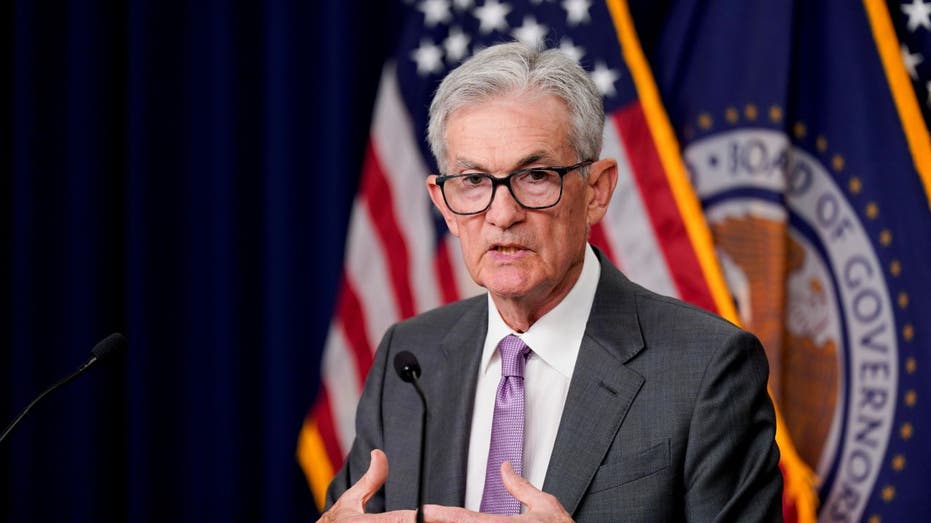The Federal Reserve’s preferred inflation gauge showed that prices ticked slightly higher in May as the central bank waits for signs of tariff-induced inflation reaching consumers this summer.
The Commerce Department on Friday reported that the personal consumption expenditures (PCE) index rose 0.1% on a monthly basis and 2.3% compared with a year ago. Those figures are largely in line with LSEG estimates, while the annual headline figure was up from 2.1% last month.
Core PCE, which excludes volatile food and energy prices, was up 0.2% from a month ago and 2.7% on an annual basis, slightly higher than LSEG estimates.
Federal Reserve policymakers are focusing on the PCE headline figure as they try to bring inflation back to their long-run target of 2%, though they view core data as a better indicator of inflation. Headline PCE was up from 2.1% in April, while core PCE also ticked higher from 2.5%.
DOLLAR SLIDES TO 3-YEAR LOW ON REPORT TRUMP PLANS TO NAME NEXT FED CHAIR EARLY
Prices for goods rose 0.1% on both an annual and monthly basis. Durable goods prices were flat compared with the prior month and 0.5% higher than a year ago, while prices for nondurable goods were up 0.1% for the month and down 0.2% from last year.
Services prices were 3.4% higher in May compared with a year ago.
Wages and salaries rose 0.4% on a monthly basis in May, little changed from the prior three months.
FED CHAIR POWELL SAYS US ECONOMY IN A ‘SOLID POSITION’ AS CENTRAL BANK WEIGHS RATE CUT TIMING
The personal savings rate as a percentage of disposable personal income was 4.5% in May, slightly lower than the 4.9% reading in April.
The Commerce Department’s PCE report comes as market watchers are monitoring for signs of a rebound in inflation driven by President Donald Trump’s tariffs.
The Federal Reserve has indicated it will wait for more data reflecting inflation and labor market conditions before making a decision on cutting interest rates, due in part to uncertainty over how tariffs will impact the economy.
TRUMP SLAMS FED CHAIR POWELL FOR NOT CUTTING RATES: ‘AVERAGE MENTALLY PERSON’

“PCE inflation remained benign in May, but we are only just starting to see the impact of tariffs in consumer goods prices, and several favorable one-offs depressing inflation over the past few months will go into reverse from June onwards,” said Michael Pearce, deputy chief U.S. economist at Oxford Economics. “Despite the slowing economy, the upside risks to inflation will keep the Fed on the sidelines until much later in the year.”
“The Fed appears determined to maintain its hawkish stance until there’s more clarity on trade policy,” said Ellen Zentner, chief economic strategist for Morgan Stanley Wealth Management. “Although the July 9 expiration of the 90-day tariff pause looked like it might help lift that fog, the White House’s recent suggestion that the deadline is ‘not critical’ means the waiting game could continue for the Fed – and the markets.”
The market’s outlook for the course of rate cuts changed little in response to the PCE report, as traders see a 79% probability of the Fed holding rates steady in July, unchanged from yesterday, while the odds of a 25-basis-point cut in September decreased slightly to 73% from 74%, according to the CME FedWatch tool.
Read the full article here













